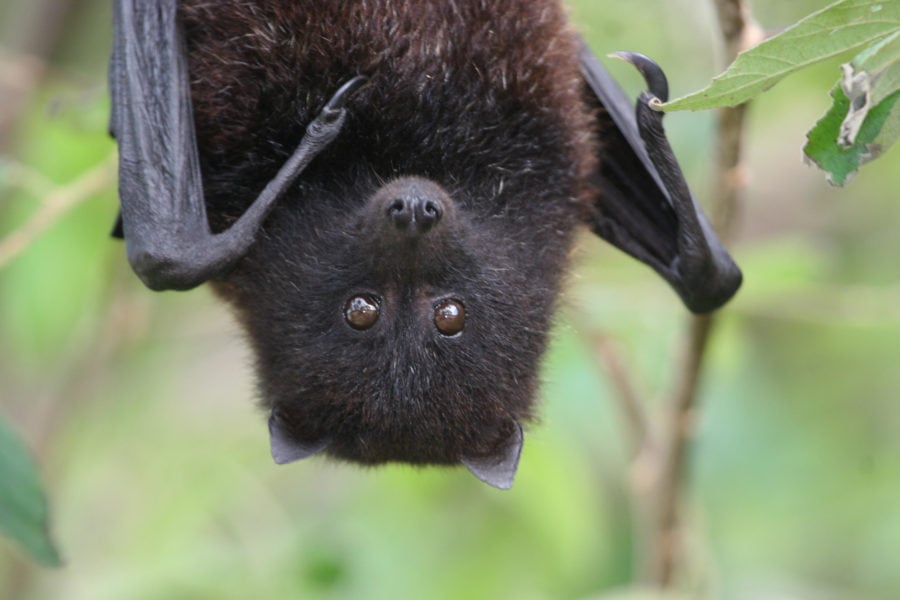A guide to the flying-foxes of Australia

Australia is home to five flying-fox species – four on the mainland and one on Christmas Island.

They belong to the Pteropus genus and are Australia’s largest flying mammals.
All flying-foxes are social animals that roost in large, noisy camps.
They can travel up to 500km in a 48-hour period in search of food, including introduced fruits – pollinating flowering plants and dispersing seeds.
Since European settlement, Australia’s flying-fox species have been subjected to dispersal attempts, demonisation, and acts of cruelty.
Habitat loss and animal-control actions labelled as “pest management” have contributed to a heavy decline in populations. Climate change and extreme heat events are other significant factors affecting their ongoing survival.
Australia’s five flying-fox species:
Spectacled flying-fox (Pteropus conspicillatus)

Spectacled flying-foxes occur on Cape York Peninsula’s eastern coast in northern Queensland. The name comes from the distinctive markings around their eyes.
These flying-foxes are endangered under the Environment Protection and Biodiversity Conservation Act 1999 (EPBC Act). Their diet consists of rainforest fruits and the nectar and pollen of eucalypt blossoms.
Christmas Island flying-fox (Pteropus natalis)

Christmas Island flying-foxes are believed to be the last native mammal found on Christmas Island (not shown on above map), an Australian territory west of the mainland.
This bat has been heavily impacted by feral species, notably cats and yellow crazy ants, and is listed as critically endangered under the EPBC Act. The population has been reduced to two main camps.
Unusually, this species is sometimes active in the day and can forage for food in the mid-afternoon due to a lack of predators.
Grey-headed flying-fox (Pteropus poliocephalus)

Grey-headed flying-foxes are typically found close to Australia’s south-eastern coastline, from central Queensland down to Adelaide. The species is listed as vulnerable under the EPBC Act and is found across a number of habitats, including forests, woodlands, intertidal mangroves and urban areas. Grey-headed flying-foxes eat the nectar and pollen of flowering native trees, including banksia, melaleuca and eucalypts.
Little red flying-fox (Pteropus scapulatus)

Little red flying-foxes have the widest distribution of all Australia’s flying-fox species, being found across all mainland states except SA. It also travels the furthest, notably across central Queensland and NSW.
The little red flying-fox is Australia’s smallest flying-fox species, with adults weighing 300–600g.
Nectar and pollen from eucalypt and melaleuca blossoms make up the bulk of the species’ diet, but these bats have been known to eat from orchards when food is limited. It’s not listed under the EPBC Act.
Black flying-fox (Pteropus alecto)

Black flying-foxes live in woodlands and tropical and subtropical forests across Australia’s northern and eastern coastline.
The species’ distribution stretches from Shark Bay in WA to Booyong, near Lismore in northern NSW and as far south as the ACT, and it’s also found in New Guinea and Indonesia.
The black flying-fox is not listed under the EPBC Act.




